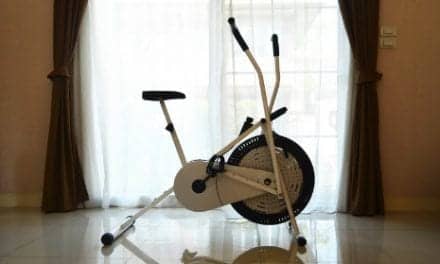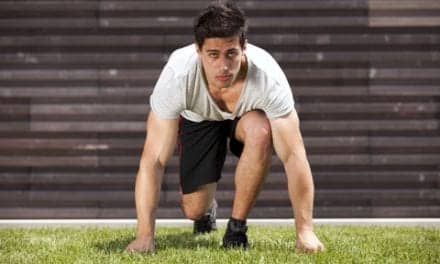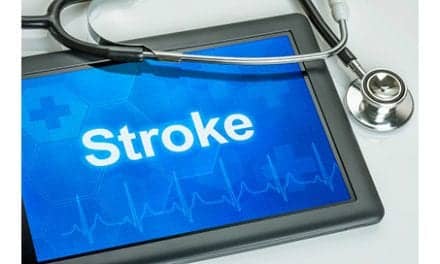In rural areas, where neurologists or physicians cannot be easily accessible, a remote-controlled robot could be used to diagnose a sports-related concussion, researchers note.
In a reportedly first-of-its-kind study from the Peter O’Donnell Jr Brain Institute and Mayo Clinic, which appeared recently in Neurology, a mobile robot was used for two seasons on the sideline and in the athletic training room of Northern Arizona University’s football games. A neurologist then was able to view the game from the robot’s camera, and make evaluations of players who may have experienced a concussion during the game.
“I see teleconcussion being applicable anywhere in the world,” says Dr Bert Vargas, the study’s lead author, who directs the sports neuroscience and concussion program at the O’Donnell Brain Institute at UT Southwestern Medical Center. “Right now there’s a significant disparity in access to concussion expertise.”
An important part of protecting athletes from long-term injury is having personnel on hand to quickly identify concussion among players and remove them from the game, Vargas notes.
However, across the country—especially in rural areas—athletic trainers aren’t available to spot such incidents, which can increase the chances that a concussion can go unnoticed and be exacerbated by additional injuries.
Via the mobile robot used in the study, the remote neurologist made assessments in 11 cases brought to the robot for review. These assessments were later compared with separate face-to-face diagnoses made by sideline medical personnel consisting of Northern Arizona team physicians and athletic trainers. The results matched each time, the release explains.
Vargas’ goal is to add teleconcussion into high school athletics, including soccer, basketball, baseball, and cheerleading. He envisions a scenario where multiple districts could have one concussion specialist on standby for all their games. This person would be accessible when needed through a robot or less expensive interface.
The strategy could be especially beneficial in states such as Texas, which requires concussed high school players to get a physician’s approval before returning to action. In rural corners of the state, finding a doctor to do so often requires a lengthy trek, according to the release.
“This is a way of bringing physicians into these outlying areas,” Vargas says. “One person could cover numerous schools. If you’re on-call virtually, you could be anywhere and available as soon as a consult is needed.”
[Source(s): UT Southwestern Medical Center, Newswise]





